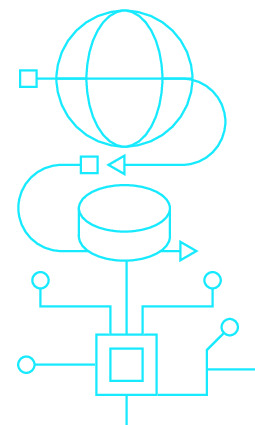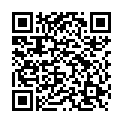|
|
|
| Module code: KIM-MOD |
|
|
2V+2U (4 hours per week) |
|
6 |
| Semester: 1 |
| Mandatory course: yes |
Language of instruction:
German |
Assessment:
Written exam, Duration 90 min.
[updated 13.11.2024]
|
KIM-MOD (P222-0060) Computer Science and Communication Systems, Master, ASPO 01.10.2017
, semester 1, mandatory course
PIM-MOD (P222-0060) Applied Informatics, Master, ASPO 01.10.2017
, semester 1, optional course, informatics specific
PIM-MOD (P222-0060) Applied Informatics, Master, SO 01.10.2026
, semester 1, optional course, informatics specific
|
60 class hours (= 45 clock hours) over a 15-week period.
The total student study time is 180 hours (equivalent to 6 ECTS credits).
There are therefore 135 hours available for class preparation and follow-up work and exam preparation.
|
Recommended prerequisites (modules):
None.
|
Recommended as prerequisite for:
KIM-SWKS Software Development for Communication Systems
[updated 22.10.2024]
|
Module coordinator:
Prof. Dr. Reinhard Brocks |
Lecturer: Prof. Dr. Reinhard Brocks
[updated 27.09.2016]
|
Learning outcomes:
After After successfully completing this module, students will be able to develop communication protocols with serialization libraries. They will be able to specify message sequences in the form of a UML sequence diagram. They will be able to describe and design system component behavior using UML state diagrams. Students will be able to explain the generic functioning of test frameworks. They will be able to explain the principles of automated browser tests, design user tests and implement and execute these with a framework in the IDE and with a build tool. They will be able to explain the principles of model-driven software development.
[updated 13.11.2024]
|
Module content:
- Serialization
- Specification / modeling message flows
- Behavioral specification of communication instances, state-based design
- Testing web applications and communication systems
- Model-driven software development and domain-specific languages
[updated 13.11.2024]
|
Teaching methods/Media:
Some problem-based learning, practical training and exercises
[updated 20.12.2017]
|
Recommended or required reading:
- Specialist literature
+ Dubuisson, Olivier: ASN.1, Communication between heterogeneous Systems, Morgan Kaufmann, 2001, ISBN 0-12-633361-0, http://asn1.elibel.tm.fr/en/book/
- Specifications
+ ITU-T Recommendation: Z series: Languages and general software aspects for telecommunication systems
# Z.120: Message Sequence Chart (MSC), 02/2011
# Z.161: Testing and Test Control Notation version 3: TTCN-3 core language, 10/2023
# Z.163: Testing and Test Control Notation version 3: TTCN-3 graphical presentation format (GFT), 11/2007
# Z.150: User Requirements Notation (URN) - Language requirements and Framework, 02/2011
+ ITU-T Recommendation: X series: Data networks, open system communications and security
# X.680: Information technology - Abstract Syntax Notation One (ASN.1): Specification of basic notation, 11/2008
- Object Management Group / OMG
+ Systems Modeling Language 1.6, 01/2019
+ Unified Modeling Language, 2.5.1, 12/2017
[updated 13.11.2024]
|
Module offered in:
WS 2024/25,
WS 2023/24,
WS 2022/23,
WS 2021/22,
WS 2020/21,
...
|


